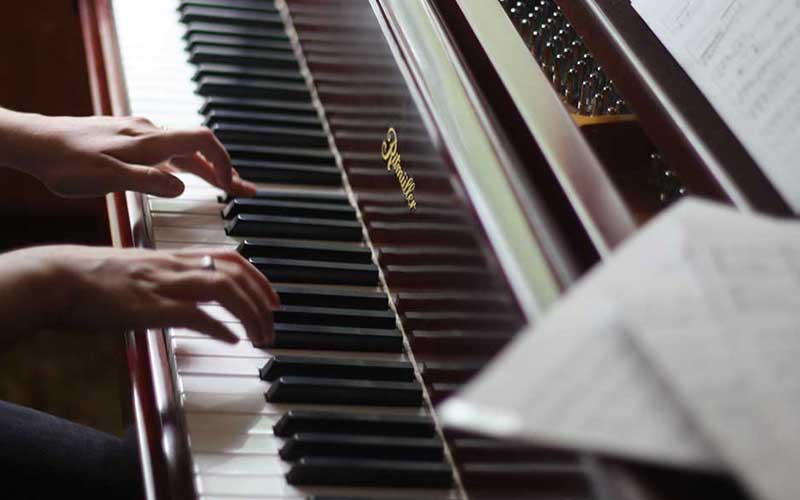After playing a few scales to warm up, our next step is to play a study or two. But not necessarily. It depends; if we had a concert deadline and we were in a hurry to get on with practising the pieces of that particular concert, it wouldn’t really matter if we didn’t play technically perfectly the 4th study Op.10 by Chopin. Do you see what I mean? Yet, as I mentioned in a previous article, playing perfectly a scale when you start practising, is paramount.
Bear in mind that most studies are complete compositions that need mental commitment to play appropriately. It is not advisable to play a study just for the sake of technique. Except if it is written precisely for that particular reason. Composers, such as Hanon have done exactly that; they managed to write beautiful exercises just for strengthening the fingers and making your technique stronger. Whereas, composers like Liszt and Chopin wrote studies to be used in various contexts.
However, in my opinion a study is not just to be played for warming up, but played mainly in conjunction with your respective pieces. We should always seek “advice” from our exercises when we are in trouble in our pieces. For instance if we had apiece that contained a lot of thirds in the right hand, it would have been really useful if we had practiced Chopin’s Op. 25 No.6.
Sure exercises can be played to warm up or just to improve our technique. But it is not advisable to just start our practising with them since most of them should be treated as pieces with musical meaning. We should always start our practising with scales. (Please see article: Slowly Does It, with Scales).


